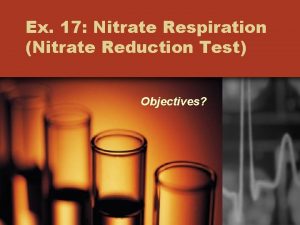Figure 2 Genetic relationship of Neisseria gonorrhoeae multiantigen

- Slides: 1

Figure 2. Genetic relationship of Neisseria gonorrhoeae multiantigen sequence typing sequence types (STs) of gonorrhea-positive nucleic acid amplification specimens with prevalent and predicted nonsusceptible SNP assay results (n = 975) from a study of antimicrobial resistance in N. gonorrhoeae in the Nunavut region of Inuit Nunangat, Canada, 2018– 2019. Only prevalent STs or STs whose samples predicted decreased susceptibility to cephalosporins or resistance to ciprofloxacin or azithromycin were included. The evolutionary history was inferred by using the maximum-likelihood method and Tamura-Nei model (13). The tree with the highest log likelihood (– 4321. 41) is shown. Initial trees for the heuristic search were obtained automatically by applying neighbor-joining and Bio. NJ algorithms to a matrix of pairwise distances estimated using the maximum composite likelihood approach, and then selecting the topology with superior log likelihood value. The tree is drawn to scale, with branch lengths measured in the number of substitutions per site. This analysis involved 39 nucleotide sequences. Codon positions included were 1 st+2 nd+3 rd+Noncoding; a total of 917 positions were in the final dataset. Evolutionary analyses were conducted in MEGA X (14). Clusters were identified as STs with ≤ 5 base pair differences between them. *One of the ST 2400 samples was predicted to be cephalosporin decreased susceptibility (not cephalosporin/DS). †The sample that was predicted to be cephalosporin/DS was not azithromycin resistant. ‡The sample that was cephalosporin/DS was also azithromycin resistant. Cephalosporin/DS, cephalosporin intermediate/decreased susceptibility. Singh AE, Pawa J, Kulleperuma K, Prasad E, Marchand S, Dionne K, et al. Molecular Characterization and Antimicrobial Resistance in Neisseria gonorrhoeae, Nunavut Region of Inuit Nunangat, Canada, 2018– 2019. Emerg Infect Dis. 2021; 27(6): 1718 -1722. https: //doi. org/10. 3201/eid 2706. 204407

